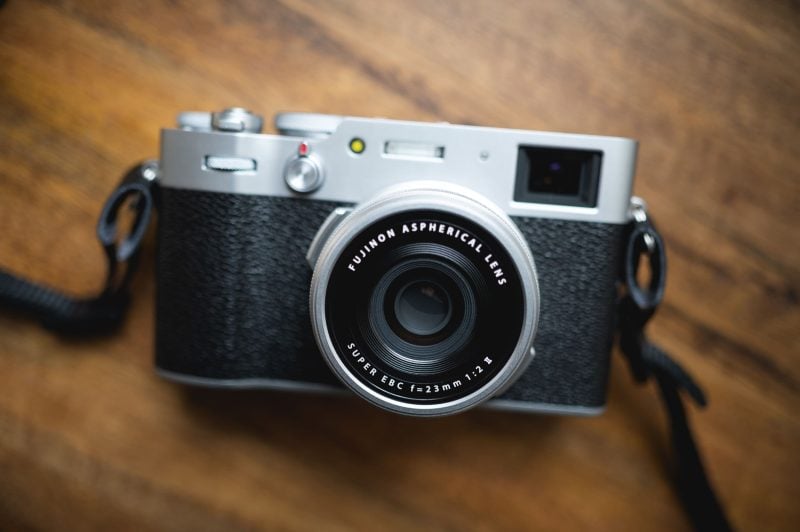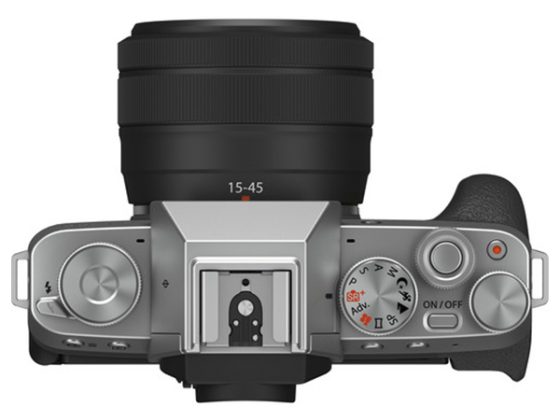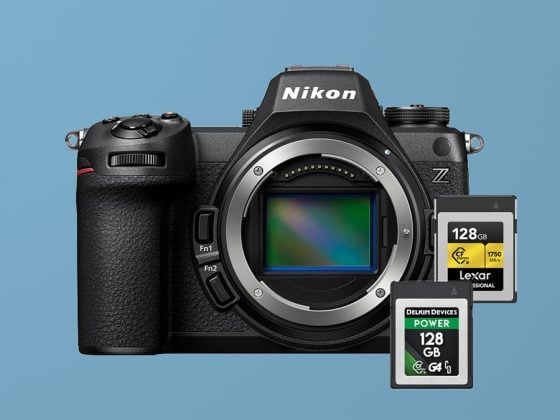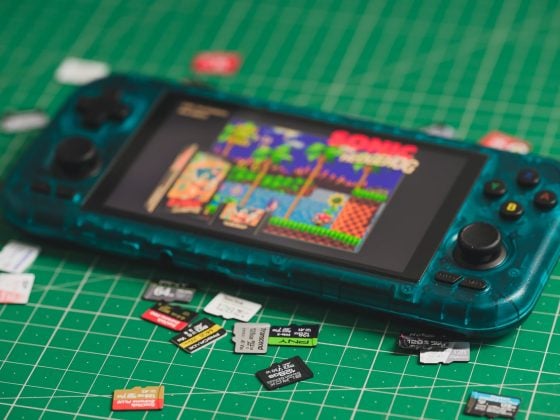Top 5 Recommended Memory Cards Fuji X100V
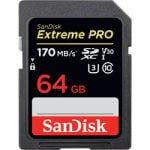
The Fujifilm X100V supports a single UHS-I memory card with some pretty powerful video capabilities.
At 4k, the camera will write 200Mbps, which means you’ll want a memory card with a minimum U3 rating to support this spec.
For general photography, the speed of your card won’t matter as much unless you’re bursting. With JPG shooters using effects like grain and clarity, the bottleneck will be in the processor so that a fast card will matter even less.
These are the top-performing memory cards. The benchmarks are taken from the Fuji X100F.
| Card Name | In-Camera Speed (X100F) | 128GB |
| Sandisk Extreme Pro 170MB – Top Pick | 73.71 MB/s | Amazon |
| Sandisk Extreme | 47.70 MB/s | Amazon |
| Kingston Canvas Go! | — | B&H |
| Lexar 633x U3 | — | Amazon |
| Delkin Advantage | 72.77 MB/s | Amazon |
Fuji X100V SD Card Capacity
The Fujifilm X100V will support a memory card capacity of up to 512GB.
Fuji X100V Memory Card Compatibility
The X100V only has the technology to support UHS-I memory cards. You can use UHS-II cards, but they will offer no gain with in-camera performance.
For 4k video at 200Mbps, you will need to use U3 or v30 memory cards.
Best Memory Cards Fujifilm X100V
Quick Note: Sometimes, some memory cards have issues with Fujifilm cameras at launch. We saw this with the X-T3, X-H1, and X100F. Most of their cameras now have very good memory card compatibility, but to play it safe, I will recommend only the cards I know will surely work.
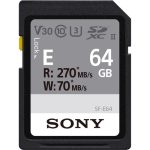 Other Great UHS-II Memory Card Options
Other Great UHS-II Memory Card Options
If you like the idea of improving your transfer speeds from your card to your computer with a memory card reader, then UHS-II cards can be a great option.
I’ll list some really lovely UHS-II cards that will give you fast transfer speeds but that don’t cost that much more than UHS-I cards. I’ll test all these when I get the camera. It’s almost worth going for the Sony M Tough card for the durability of that stricter build.
Also, many companies are trying to force you into bigger cards now by discontinuing their smaller sizes. So I’ll try to list the less expensive 64GB and 128GB options. Only buy these if you have a camera that can support UHS-II cards or if you need fast UHS-II transfer speeds to your computer.
| Card Name | 128GB |
| Sony M Tough | Amazon |
| Sony E | Amazon |
| Lexar 1000x | Amazon |
| Prograde V60 | Amazon |
Fujifilm X100V Video Specs & Record Times
The Fujifilm X100V will record 4 K with a bitrate of 200Mbps. For those of you not too familiar with bitrate, this is very good. It is twice the bitrate of any Sony camera and even more than the Nikon cameras.
You have a record limit of 10 minutes for 4k videos and 15 minutes for 1080p videos.
To give you an idea of how much data the 200Mbps will take, here is a chart of record times based on memory card sizes.
Also, only bitrate impacts file size. If you’re recording at 200Mbps, it won’t matter if you use 4 K or 1080p; they both will take the same amount of space.
| BitRate | 64GB | 128GB |
| 4k 200Mbps | 43min | 85min |
Test For Counterfit Memory Cards
First, be sure to buy memory cards from a reliable source. In other words, don’t shop from a shady vendor on an auction site.
When you get your memory card for the first time, You should immediately try to max its capacity. This is the best way to determine whether the card is counterfeit. If you can max the capacity without any issues or the card failing, then you most likely have a legitimate card.
Best Memory Cards Fujifilm X100V Conclusions
The X100V is a great little camera. With a good memory card from a reliable source, it will be an amazing little workhorse.
The 128GB cards are pretty cheap now, so if you’re going on an extended vacation or something, you might as well grab one. Otherwise, you won’t need anything larger than a 64GB card for day-to-day shooting.

